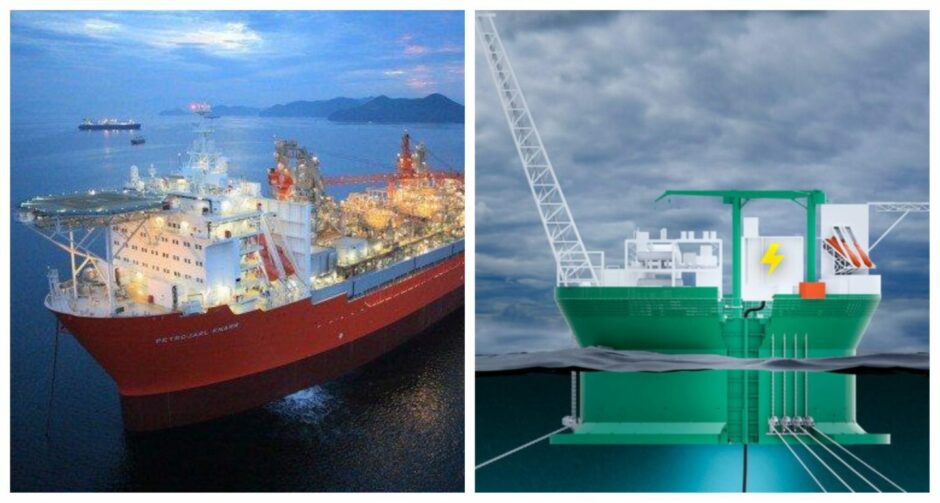
When this edition of the Energy Voice supplement was published a year ago, the North Sea oil and gas industry was in the doldrums.
It had just finished being whipped from all sides during COP26, campaigners were claiming a deathblow to Cambo, and the sector was coming to terms with being a social pariah.
As far as comebacks go, it has been one to file next to Liverpool and AC Milan’s 2005 Champions League final in Istanbul.
Yvonne Telford, research director for Westwood Global Energy Group, said said: “At the end of 2021, the UK offshore sector was battling investor sentiment as the energy trilemma weighed more on renewable energy following COP26.
“Less consideration was given by governments, investors and the wider community to the increasing gas prices in Europe for future energy affordability and even less on energy security. The war in Ukraine has, unfortunately, brought energy security, and then affordability, back to the fore.
“The UK Government reacted with calls to fast-track developments and revitalise exploration to help the recovery of the oil and gas sector.”
Production in 2022 slightly up, driven by Tolmount et al
Even before fair sentiment returned to the UK North Sea, there were a number of new fields slated for start-up in 2022.
The likes of Harbour Energy’s (LON: :HBR) Tolmount gas project, IOG (LON: IOG) and CalEnergy’s Blythe and Elgood gas fields, and Tailwind Energy’s Evelyn oil field all helped to push production slightly up this year.
A “ramp up” at BP’s (LON: BP) Clair Ridge and Cnooc’s (HK: 00883)Buzzard North Terrace also played a part, according to research body Wood Mackenzie.
It added: “This has offset declines at legacy producers. Production is likely to stay flat into 2023, helped by up to 14 start-ups including Shell’s (LON: SHEL) Penguins redevelopment.”
Ms Telford said: “At the start of 2022, Westwood forecasted 10 fields to start production, but now expects eight by year end. Covid related delays impacted the start-up of Shell’s Penguins re-development into 2023, Harbour’s Laverda well was abandoned during drilling and issues with drilling at Southwark is putting its 2022 start-up at risk.”
Despite missing out on the round number, it is a big improvement on 2021, when just three fields came onstream.
“From the end of 2022 and into 2023”, the UK North Sea may see first production from four fields, according to Paul Weidman, head of oil and gas at Gneiss Energy – those being Ithaca Energy’s (LON: ITH) Abigail field and the Neptune Energy’s Seagull field, as well as the aforementioned Penguins and Southwark projects.
Finds at Rockhopper and Orlov
On the drilling front, at the start of the year, Westwood expected 12 exploration and five appraisal wells to be drilled.
For comparison, four exploration and four appraisal wells were completed in 2021.
It now anticipates seven exploration wells and three appraisal wells to complete by the end of 2022, which, while comes in below its forecast, still betters last year.
As it stands, no commercial volumes have been announced by companies, a blow to efforts to offset natural North Sea decline.
But Westwood understands results from “Shell’s Rockhopper well in the Norther North Sea, completed on November 5, are commercial, and that Orlov in the Central North Sea has made a discovery”.
M&As needed to crack North Sea fields
Turning to mergers and acquisitions (M&A), Gneiss’ Mr Weidman says the market remains “relatively buoyant”, pointing to Ithaca’s acquisition of Siccar Point Energy, as well as acquisitions by Waldorf Production and Andrew Austin’s latest venture, Kistos.
He said: “The development acquisition and farm-in market also saw a number of transactions including Petrogas’s farm-in to the Abbey field, Shell’s acquisition of the Victory field and Waldorf’s acquisition of Alpha Petroleum.”
Future M&A deals will also be crucial if planned North Sea oil and gas projects are to get off the ground.
There are “up to 25 projects” aiming for final investment decision (FID) next year, according to Wood Mackenzie, but around half are “one company projects”.
“With financing thin on the ground, M&A will be required to unlock their development. Less than 10 projects are likely to progress,” it said.
Around 20 projects, including Cambo and Rosebank, approaching FID
“If Cambo and Rosebank do go ahead, we’ll see the highest level of UK sanctioned spend since Buzzard was approved 20 years ago. For both projects, it feels like now or never.”
Two of the largest untapped reserves in the UK North Sea, Ithaca’s Cambo and Equinor’s (OSLO: EQNR) Rosebank could yield millions of barrels of oil, but their future remains somewhat uncertain.
Environmental groups have also fixed their gaze on both developments, meaning they are likely to face an unprecedented amount of scrutiny.
Gneiss is more optimistic on the FID front, underlining a “raft of nearly 20 projects”, spanning “smaller tie-backs to major” schemes, that companies are due to make a call on from the end of this year, through to 2023.
Mr Weidman said: “West of Shetland projects include Rosebank, Cambo, TotalEnergies’ (LON: TTE) Glendronach and Victory (Shell).
“A larger number of Central North Sea projects are approaching FID, including Avalon (Ping Petroleum), Birgitta (Petrogas), Fyne (Rapid Oil) and Marigold & Sunflower (Hibiscus Petroleum).
“In the Southern Gas Basin, Petrogas’s recent farm-in to Abbey may progress to FID as well as Hartshead Resources’’ (ASX: HHR) Anning and Somerville, albeit likely subject to a farm-out.”
Up to £12bn capex in the pipeline
Angus Milne, director, upstream oil and gas at DNV UK, said: “As we exit the pandemic, the North Sea has numerous ventures currently working towards sanction: potentially £10-12 billion of capital expenditure coming soon.
“Quite a positive picture for the oil and gas industry’s future – although we must be clear that decarbonisation of this new infrastructure along with the existing North Sea assets remains essential.
“The sector needs to adapt to survive, and asset electrification is a major part of that as we work towards our low emissions future.”
Windfall Tax will continue to impact thinking
Of course, all decisions on North Sea projects are now seen through the optics of the UK Government’s windfall tax.
First announced in May, before a doubling down in November, the energy profits levy (EPL) means oil and gas producers now face losing up to 75% of their profits to the Treasury.
It is the result of government efforts to firefight a cost-of-living crisis, and industry “churning out lots of cash in 2022”, says Wood Mackenzie.

It added: “We estimate the EPL will transfer £27bn from oil and gas producers to the government between now and 2028.
“The effect of the higher rate, extended period and introduction of allowances had a different impact on companies and projects according to where they are in the investment cycle.”
Included as a quid pro quo for industry is an attractive investment relief, meaning firms can claim back cash on North Sea spend – part of a move to bolster energy security.
In November, that was scaled back, with Ms Telford underlining political instability as a “major issue” for the UK in 2022.
She lamented the knock in impact of fiscal alterations that have “not helped the progression of upstream investment”.
Ms Telford added: The EPL was initially imposed as short-term, 25% tax on companies’ profits, in place until the end of 2025 or earlier if commodity prices fell to ‘normal’ levels. The differentiator of the EPL to the Corporation Tax (30%) and Supplementary Charge (10%) being that it excluded carried forward losses from historical investment and decommissioning expenditure from the tax calculation. This has increased the number of UK companies eligible for tax payments in 2022.
“Energy security and the need to maximise domestic production was also recognised, and a generous incentive allowance of 80% relief on capital investment was included in the EPL legislation.
“Subsequent political instability, of a level never previously encountered in modern-day Britain, led to changes to the EPL only five months later. The EPL rate was increased to 35% and the investment allowance for non-decarbonisation expenditure reduced to 29%, effective from January 1, and extended until the end of March 2028.”
High oil price to stick, but greater stability a must
In addition to fiscal instability, North Sea companies also have to contend with the ever fluctuating price of their produce.
In February, hours after Russia launched its attack on Ukraine, Brent crude topped $100 a barrel for the first time since 2014, and it spent much of 2022 trading above that milestone.
But the price recently dipped to around $80 a barrel, its lowest level since 2021, the result of depressed demand arising from China’s zero-Covid policy.
Nevertheless, Ms Telford has backed prices to “remain in high in 2023”, with energy security a continuing focus for governments.
She added: “Companies will however be reviewing projects for oil and gas capital expenditure under the latest EPL tax terms, creating uncertainty on investment levels and timing.
“Fiscal stability and improvements to regulatory processes will be needed to progress oil and gas developments required for domestic energy security, in parallel with the fast-tracking of renewable energies.”

 © Supplied by DCT Media
© Supplied by DCT Media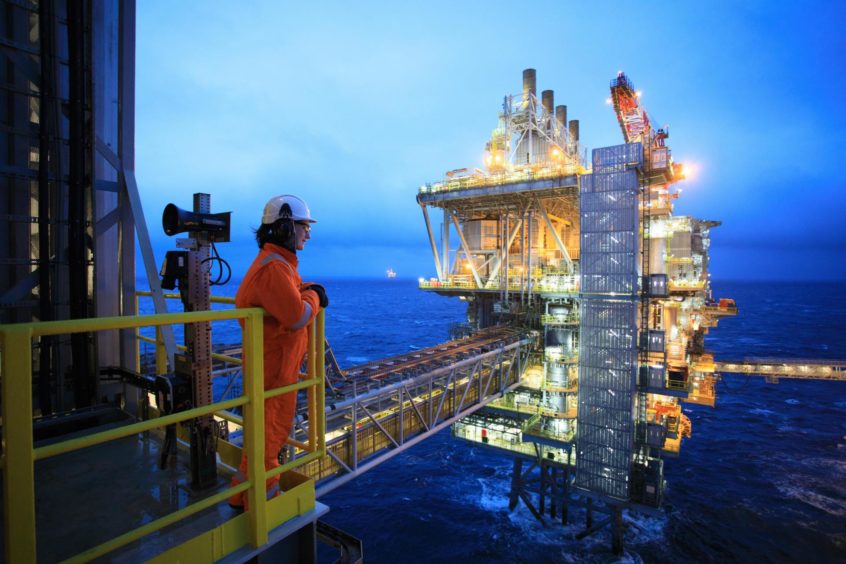 © Supplied by Primat Recruitment
© Supplied by Primat Recruitment © Supplied by imfdb.org
© Supplied by imfdb.org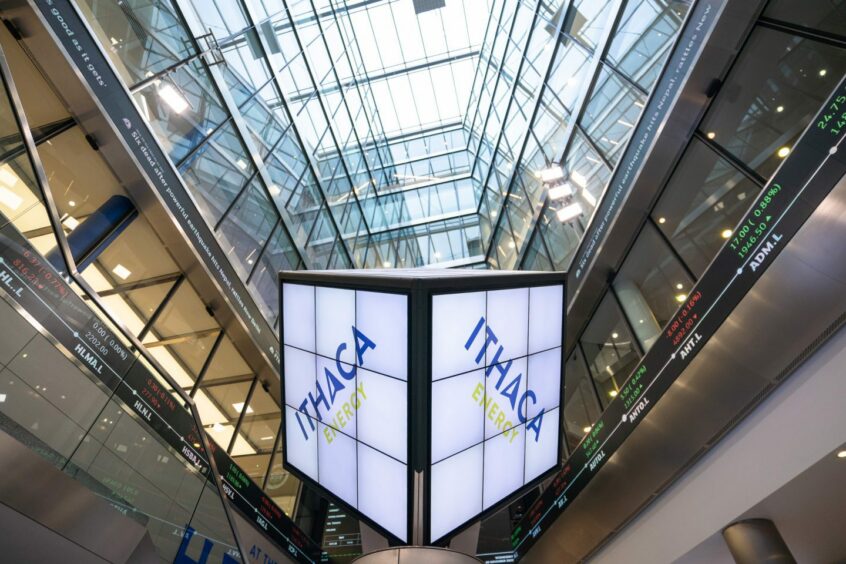 © Supplied by Ithaca Energy
© Supplied by Ithaca Energy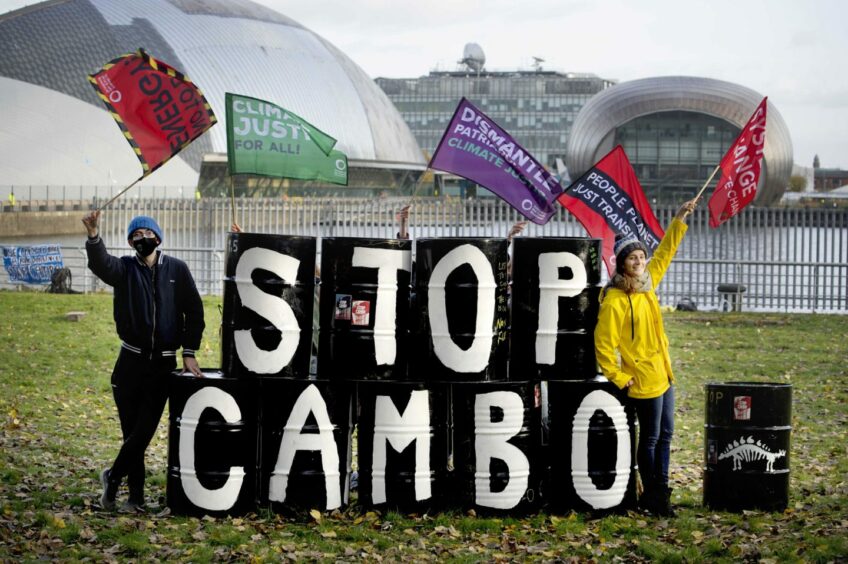 © Colin Hattersley
© Colin Hattersley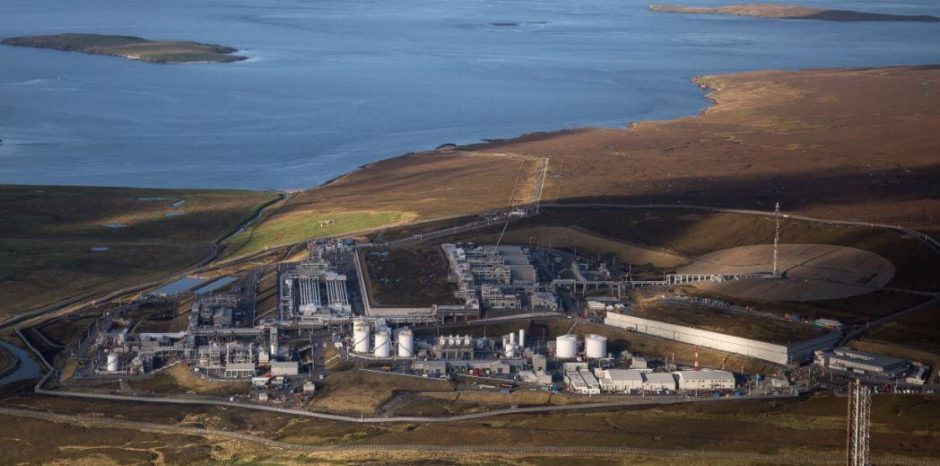
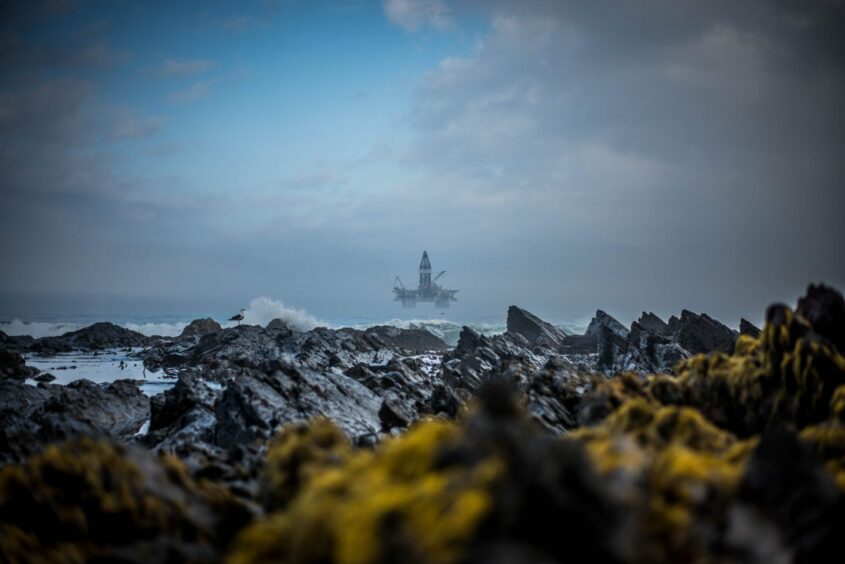 © Supplied by Kabal
© Supplied by Kabal